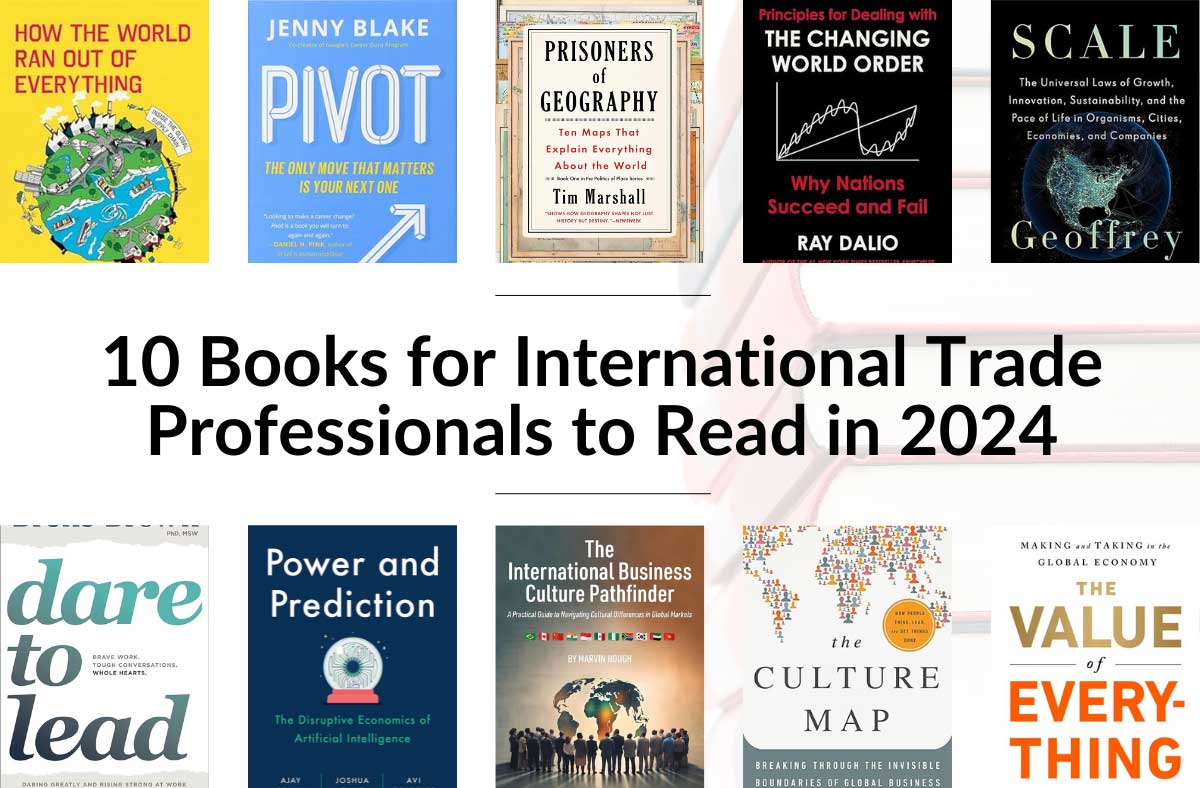 The recent UK decision to leave the European Union concerns us all. Brexit will have major implications not only for the future of the United Kingdom and the European Union, but also for North American companies operating in the UK.
The recent UK decision to leave the European Union concerns us all. Brexit will have major implications not only for the future of the United Kingdom and the European Union, but also for North American companies operating in the UK.
A UK-EU divorce will affect corporate taxes, foreign exchange, labour laws and immigration requirements, cross-border trade regulations and more.
Despite the Brexit information overload and all the scaremongering, it’s important to remember that once Article 50 of the Lisbon Treaty on the European Union is invoked, there will be a two-year transition period for the UK to exit from the EU.
Like it or not, it’s time to start planning to do business in a post-Brexit world
So what now? Well, for companies of all sizes (especially small and mid market companies), it’s time to take a measured approach to how your business will likely operate in a UK that won’t be part of the EU. What we do know for certain is that major industries like technology, banking, and financial services will be greatly affected.
In the technology sector, the way UK-based companies process, store and manage the personal data of employees and customers on the European mainland will be affected. The UK’s Data Protection Act will have to be reformed. Additionally, the UK will miss out on being part of the EU Digital Single Market Strategy that is under construction. This will impact consumers and businesses that will face barriers to cross-border e-commerce activity.
In the banking sector, EU “passporting” arrangements currently allow banks established in the UK (or any other member state) to provide services across the 28 member states. Canadian and American banks like CIBC World Markets, RBC Capital Markets, Scotiabank, JPMorgan Chase, Citigroup, and others have been able to operate across all EU member states from their UK subsidiary.
Brexit would put an end to the right to “passport” across the EU, so any bank operating from the UK would now need to establish a new presence in another EU member state to provide services across the EU, unless a special arrangement can be negotiated.
From a financial services standpoint, this will likely weaken London’s position as a major global financial service hub.
Now that the Brexit’s happened, what should I do?
To help you cut through the noise, here is a three-step process that can help your business manage the risks of Brexit and its implications for your future commercial success:
1. Mapping: First, companies need to identify the main economic, social and political risks of Brexit on their core business. The key question at this stage is: “How can Brexit directly affect our business objectives in the UK and cross border trade across the EU?”
Companies need to develop a list of risk types, ranging from foreign exchange, immigration, increased taxation and costs of doing business, to strikes and protests, in order to understand the potential Brexit risks. Some situations may weaken a company’s financial position, while others may, in fact, present an opportunity for companies to gain market share.
2. Evaluate: Second, when your company is equipped with a very specific set of economic, social and political risk scenarios, you need to assess and measure the potential impact of each scenario on your business operations in the UK (and elsewhere in the EU and overseas). For example, to estimate the financial impact of Brexit against your company’s commercial and investment objectives, you can use a discounted cash flow model. This tool helps companies understand tolerance levels.
There are other tools out there like the organizational network analysis. This can help determine the estimated operational impact of specific Brexit risks. For example, a technology services company might have their executive management team based in Toronto, R&D, sales and marketing in Ireland, and customer service and technical support in London. One of the most important measurements is how these risks translate into easy to read and understandable metrics. Using different metrics, companies can assess whether the Brexit risk level you assign surpasses your risk appetite or tolerance.
3. Manage and Implement: Once Brexit risks have been identified and measured, you will need to determine “how do we get there?” and “what needs to get done?”
It’s never too soon to start preparing for the future
Every company with interests in the UK and the EU will need to assess the impact of a Brexit on their commercial operations and international strategy. If you don’t act now, you risk losing a lot of money and running your business into the ground.
International trade experts, lawyers, and accountants who understand global trading rules and have on-the-ground knowledge of doing business in the region can be a valuable help. These experts can assist you in mapping out and evaluating Brexit’s risks, and devising and implementing your new European strategy. Those companies that make timely and well-informed decisions about their UK operations have the chance to turn Brexit’s challenges into major opportunities.







disqus comments